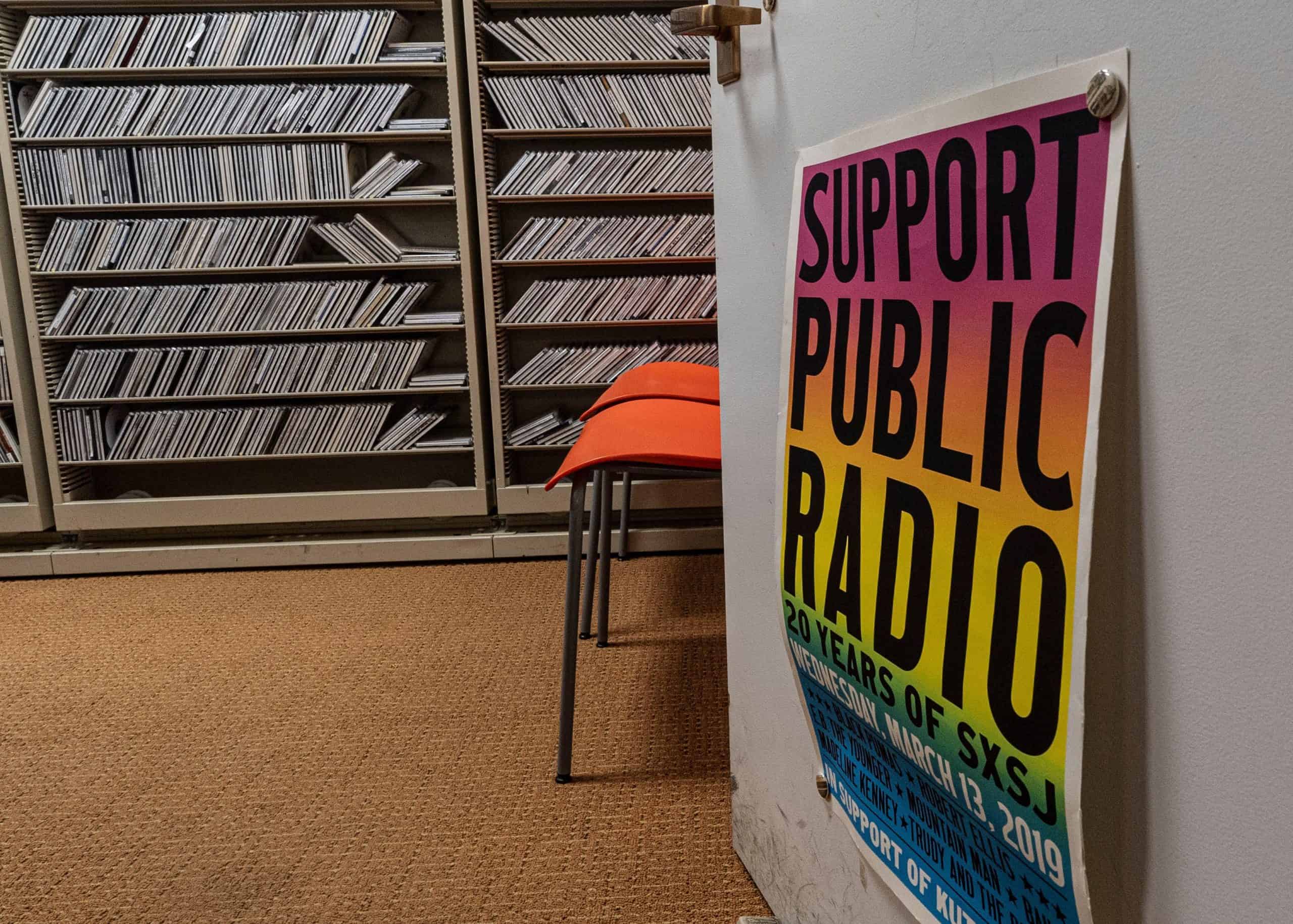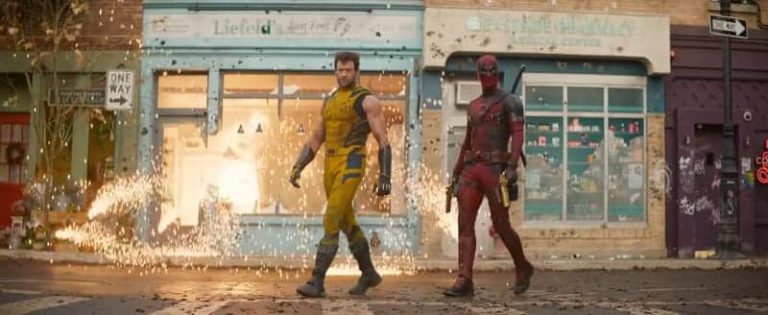The Demise of the Corporation for Public Broadcasting is the Devastating End of an Era
The Corporation for Public Broadcasting (CPB), an institution deeply ingrained in American cultural and educational identity for more than 50 years, has announced it will cease operations. This decision follows the recent rescission of $1.1 billion in federal funding by the Trump administration as part of a broader $9 billion cuts package. For many Americans, particularly those in rural areas, the shutting down of CPB signals not just a political maneuver but a profound loss of connection, education, and representation in the media landscape.
A Trusted Source, Defunded
Since its founding in 1967, the Corporation for Public Broadcasting has served as the funding lifeblood for NPR and PBS stations across the country, offering millions access to reliable news, enriching cultural programs, and educational children’s content. Beyond financial support, the Corporation for Public Broadcasting played a vital role in fostering innovation in public broadcasting and ensuring content was accessible, particularly in underserved rural areas. For generations, CPB wasn’t just a funding mechanism but also a foundation that enabled non-commercial media to thrive without the fear of corporate influence.
Despite bipartisan public support for sustaining federal funding for public broadcasting (a recent Harris Poll found 66% of Americans supported it, with significant Republican and Democrat backing), the Corporation for Public Broadcasting’s closing is the culmination of a decades-long effort by some conservative policymakers who viewed public broadcasting as having a liberal bias. Critics of NPR and PBS claim these outlets leaned too far left in their coverage, which became a rallying cry for defunding, particularly under the Trump administration.
Patricia Harrison, president and CEO of the Corporation for Public Broadcasting, acknowledged the gravity of this loss in a statement, noting, “Public media has been one of the most trusted institutions in American life, providing educational opportunity, emergency alerts, civil discourse, and cultural connection to every corner of the country. Despite the extraordinary efforts of millions of Americans, we now face the difficult reality of closing our operations.”
Rural Communities at Risk

For rural public broadcasters, the consequences of losing the Corporation for Public Broadcasting funding are particularly bleak. Local stations in places like Alaska or the tribal lands of the Midwest often rely on CPB support for as much as 25% or more of their budgets. With federal funds gone, many of these stations may be forced to shut down entirely.
The loss of these stations doesn’t just mean the disappearance of shows like PBS NewsHour or Daniel Tiger’s Neighborhood. It also means the end of vital community services, including local news coverage, weather alerts, and emergency broadcasts. One tribal radio station in a remote Alaska community has already warned of going dark, leaving entire regions isolated from news and safety information.
This raises the alarm about equity in access to information. If rural or economically disadvantaged communities lose their local public broadcasters, the knowledge divide in our society will deepen, leaving some Americans behind simply because of their geographic or economic status.
A Political Win, a Public Loss
Trump’s success in shutting down the Corporation for Public Broadcasting was a long-fought victory for conservatives, who have tried unsuccessfully to defund public media for decades. However, what feels like a political triumph comes at the cost of weakening one of the nation’s most trusted institutions. The CPB’s absence leaves NPR and PBS with no financial backbone from federal support, even though these larger organizations have other funding channels like donations and licensing agreements to soften the blow.
For many smaller member stations, however, federal funds were a critical lifeline. CPB also coordinated efforts like securing music rights for broadcasters, which will now fall to individual stations to manage at their expense. Without the Corporation for Public Broadcasting to ensure a cohesive and interconnected public media system, the ecosystem will fragment, and it’s unlikely the vacuum left behind will be easy to fill.
Where Do We Go From Here?
While some see this as a tragic ending, others believe it’s also a moment for reinvention. Public media advocates like Craig Aaron, co-CEO of the progressive media reform group Free Press, suggest this could be an opportunity to rebuild public broadcasting in a way that is less politically vulnerable. “We can craft a publicly-funded media system that meets the civic needs of all communities, particularly those underserved for too long,” Aaron remarked.
Other organizations, like Boston-based GBH, are rallying their audiences with fundraising pushes and slogans like “Local. Trusted. Defunded.” Larger stations may harness increased community support to survive without CPB, but for many smaller ones, this is a David-versus-Goliath battle with no slingshot in sight.
The Final Broadcast
The shutting down of the Corporation for Public Broadcasting isn’t just a story about budget cuts. It’s a reminder of how integral media is to our civic lives and how fragile that infrastructure can be. For decades, the Corporation for Public Broadcasting worked quietly in the background, supporting the voices of educators, storytellers, journalists, and communities. Now, those voices may fall silent in places where they’re needed the most.
The farewell of the CPB marks more than just the end of a program or initiative. It’s the conclusion of an era of government-backed efforts to ensure free and accessible media for all Americans. What comes next will depend on how communities rally to protect the values CPB stood for and how we reimagine public media in a time of growing economic divides and cultural fragmentation.
It’s a storytelling legacy we can only hope won’t end here.




